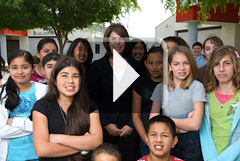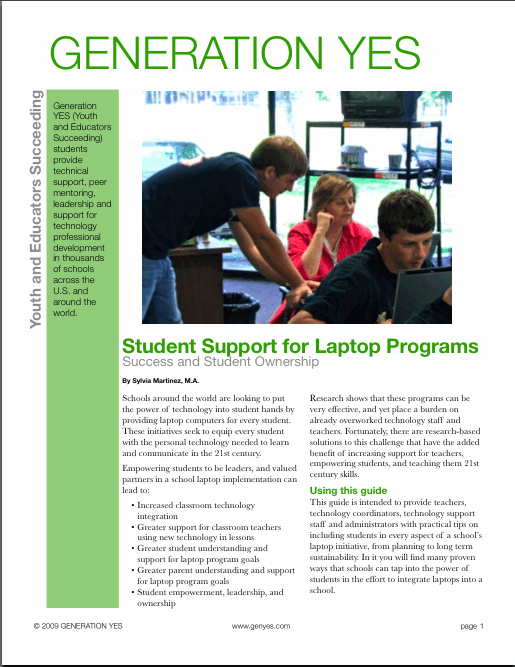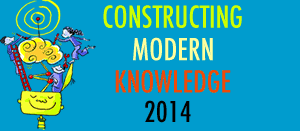Freechild Article | “Why Play Games…” By Adam Fletcher.
Here’s another fabulous article and set of resources from Adam Fletcher of The Freechild Project. The article is about playing games with students and youth groups to encourage teamwork, model constructive, collaborative behavior, and develop a shared sense of mission.
Games can be a catalyst that brings both cohesion and energy to any group, and a welcome addition to a teacher’s “bag of tricks”. Two categories of games are especially helpful in setting a tone of collaboration and teamwork for students.
Cooperative games emphasize participation, challenge, and fun, rather than sorting out winners and losers. These kinds of games teach teamwork, empathy, and trust.
Initiative games have players attack a problem and solve it. They teach leadership, problem solving, and collaboration.
“Why Play Games…” is more than just a list of games. It includes practical information about how to choose them, how to introduce them, how to create reflective activities that further magnify the impact of the game itself, and tons of additional resources.
Teachers who lead student tech clubs know that the success of the group depends on much more than tech skills. Teamwork and a sense of mission result in the “we” being more than the “me” and can take a student tech team to the next level.
This isn’t just for student clubs either. If you want students to unlearn the competitive habits that have been drilled into them and work cooperatively, these games will work in classroom situations too. Collaboration and communication may be “21st century skills” but having students play them out in game situations is a timeless idea.
Give this short article a read and I guarantee you will learn one new thing today! “Why Play Games…” By Adam Fletcher
Selected additional resources (there’s a lot more if you click on the article link):
- Brand-new (and free) guide, So, You Wanna Be A Playa? The Freechild Project Guide to Cooperative Games for Social Change by A. Fletcher with K. Kunst. “This insightful new guide will help community workers, teachers, activists, and all kinds of people find fun, engaging, and powerful activities that promote teamwork, communication, and social justice.” Click here for a free download.
Have fun!
Sylvia
PS - If you like this post, why not subscribe in your favorite blog reader or by email or even via Facebook!



